Cook Island
It is amazing how useful your hand can be as a tool for gauging serving sizes!
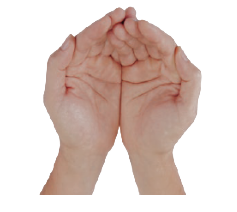 |
Vegetables (non-starchy)Your two hands cupped together is a good guide for non-starchy vegetables like carrots, broccoli or cauliflower, you should include at your meal. |
 |
Grain foods and starchy vegetables or legumesA portion of grain foods and starchy vegetables is the size of your closed fist. This group includes foods like potato, taro, corn, rice, green banana or a bread roll. Legumes include chickpeas, lentils and beans. |
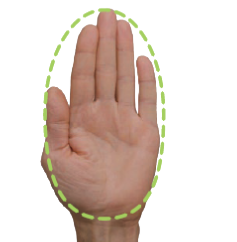 |
FishThe whole of your hand is a good portion guide for a piece of fish. |
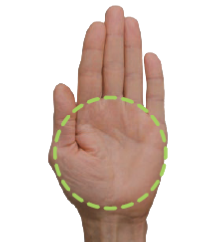 |
Poultry or meatThe palm of your hand is a guide for a portion of red meat, chicken or pork. Tip – the thickness of the meat should be about the same thickness as the palm of your hand. |
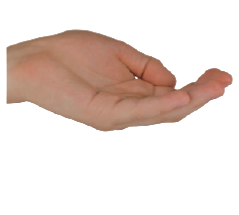 |
Vegetables (non-starchy), fruit or nutsA single portion of vegetables, fruit or nuts is what fits into the palm of your hand. |
DID YOU KNOW?
Any physical activity is good, but being physically active every day is better for you than doing all your activity on one or two days a week.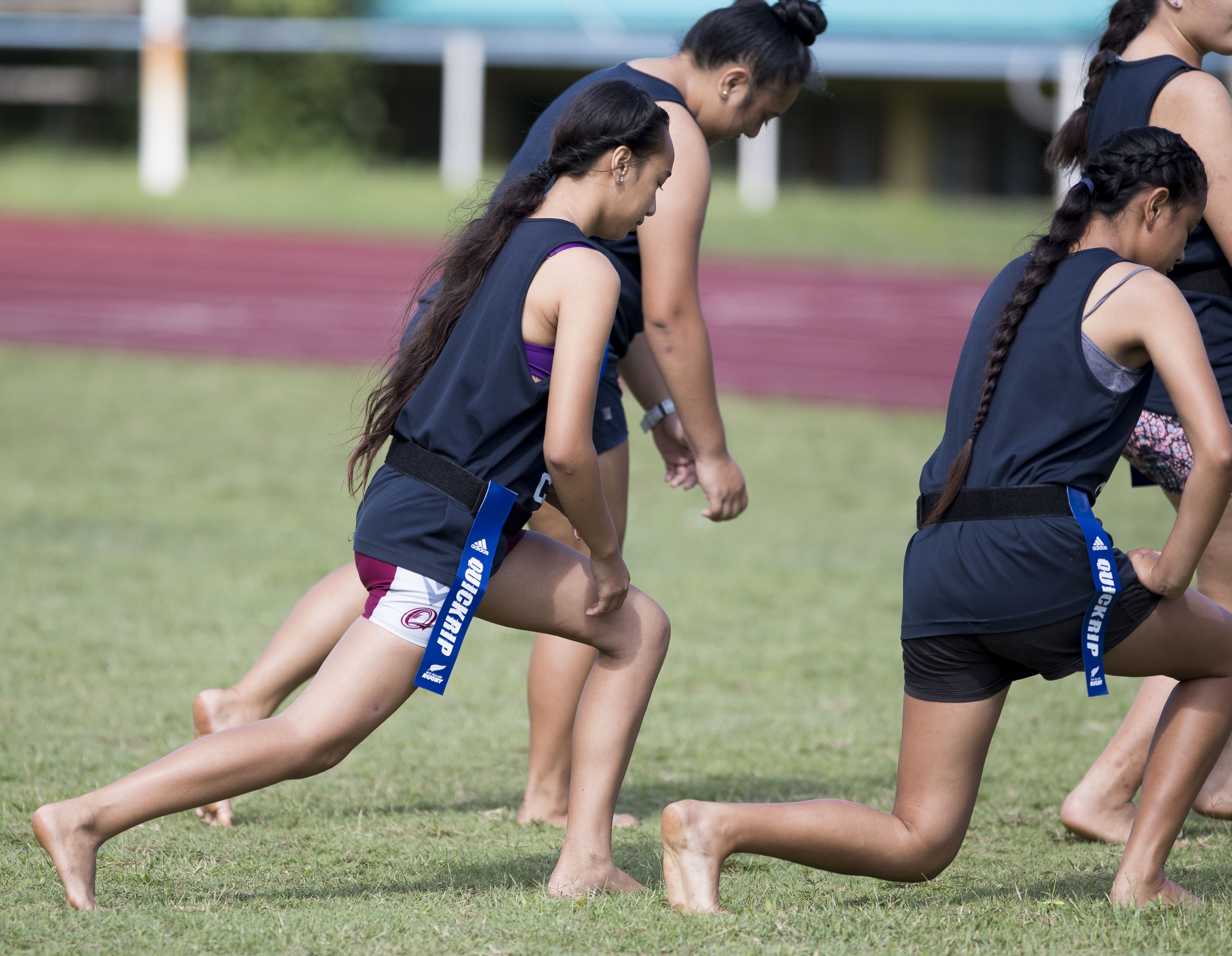
You could:
• do at least 30 minutes of moderate, or 15 minutes of vigorous physical activity on five days a week.
To do more physical activity you could:
• do a brisk walk for 1 hour instead of 30 minutes
• change from brisk walking (moderate) to running (vigorous).
Do muscle strengthening activities on at least 2 days each week – many of them are free and can be done anywhere. You could:
• do push-ups, sit-ups or squats.
• walk up hills – 30 mins.
EXAMPLE
|
Day 1 |
Day 2 |
Day 3 |
Day 4 |
Day 5 |
Day 6 |
Day 7 |
|
30 minute run or 1 hour walk |
Push-ups, sit-ups and squats |
30 minute run or 1 hour walk |
Push-ups, sit-ups or squats |
Rest |
30 minute run or 1 hour walk |
Rest |
DID YOU KNOW?
Healthy eating is not about DIETS or ROBBING yourself of the foods you love.
It’s about eating a BALANCED range of foods that help you feel great, have more energy, improve your attitude, replenish the wear and tear of body tissues and help you achieve and maintain a healthy weight.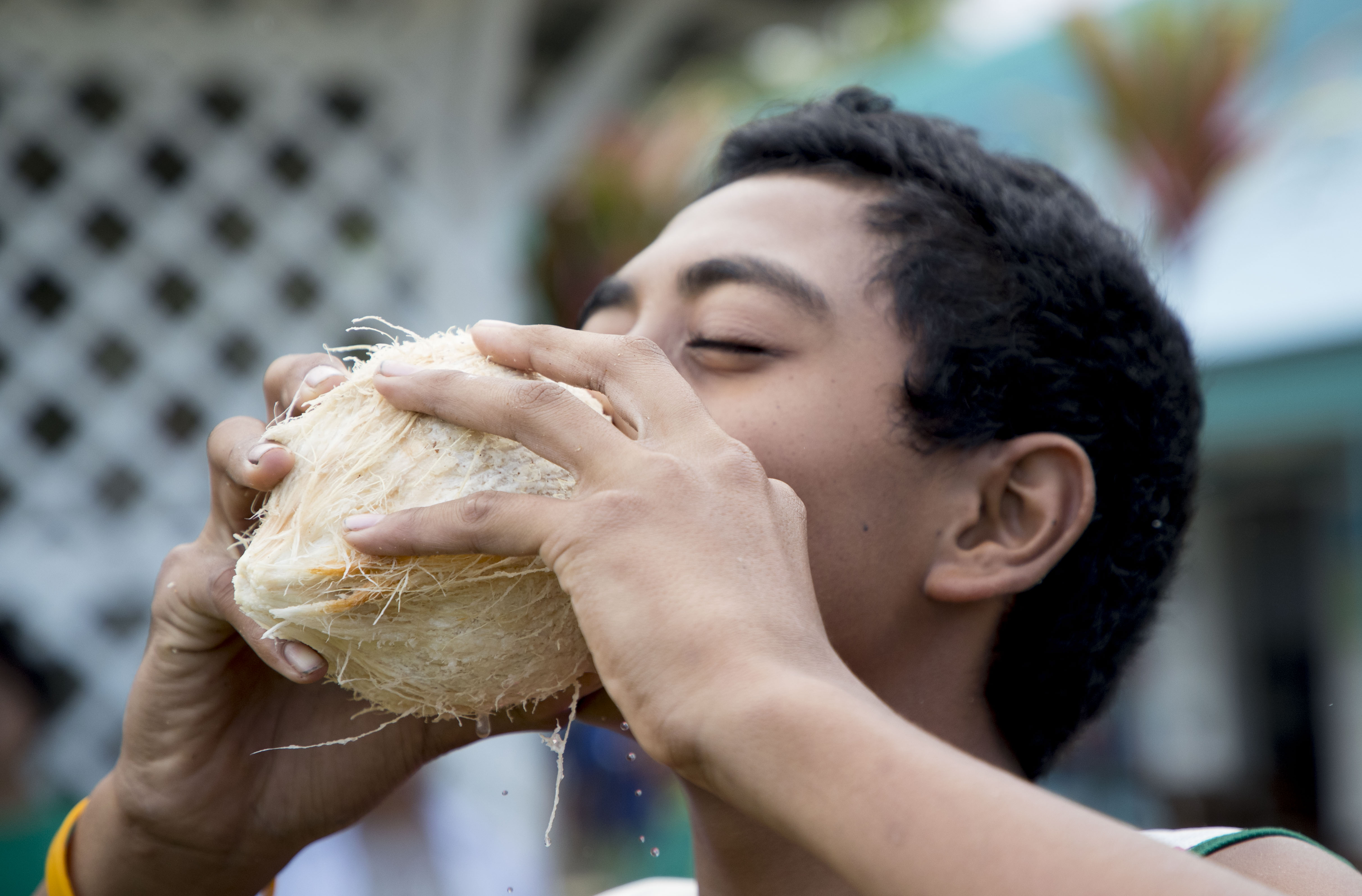
Takeaway or fast food can be unhealthy. They often contain, too much salt, too much fat, and too much sugar.
• eat mostly nutritious foods that are low in energy (for example, include three servings vegetables and two servings of fruit each day).
• drink plain water instead of sugary drinks and/or alcoholic drinks.
• eat smaller portions of food.
• sit less and move more.
• be as active as possible.
• feed your mind.
PRE-GAME MEAL
Aim to eat 2-4 hours before the game. Foods that are high in carbohydrates, low in fat and fibre and moderate in protein are the best choices.
Try Breakfast Cereal, fruit, milk and yoghurt and a glass of water.
Or
Rice with low fat sauce and lean meat and a glass of juice.
IMMEDIATELY PRE-GAME:
Some athletes like a small top-up snack before the game. Ideally 1 hour before the game.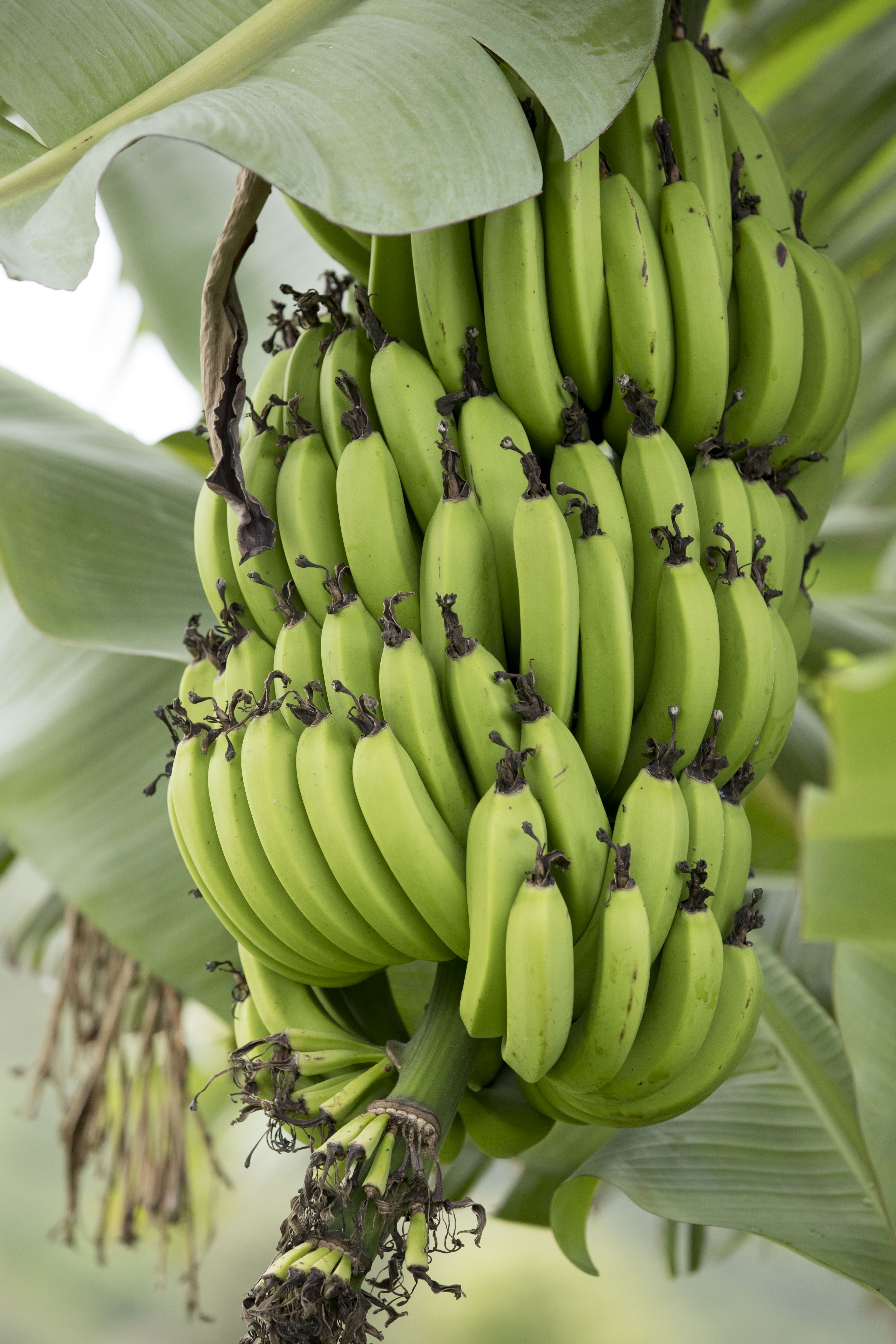
A banana is great.
IMMEDIATE POST-GAME:
After a game, you may experience fatigue, muscle soreness and be dehydrated. Dairy based fruit smoothie is a great way to kick-start recovery as it contains fluid, carbohydrates and protein.
A juice and bananas or sandwiches as soon as possible after the game may also speed the rate of recovery.
POST-GAME
You should eat a well-balanced meal containing both protein and carbohydrates within 2 hours of the final whistle to aid recovery.
A salad and chicken sandwich with a glass of milk or steak, potatoes and vegetables with a glass of juice.
DID YOU KNOW?
Dehydration can cause a drop in performance.
Aim to start exercise well hydrated by drinking small amounts regularly in the lead up to training and games.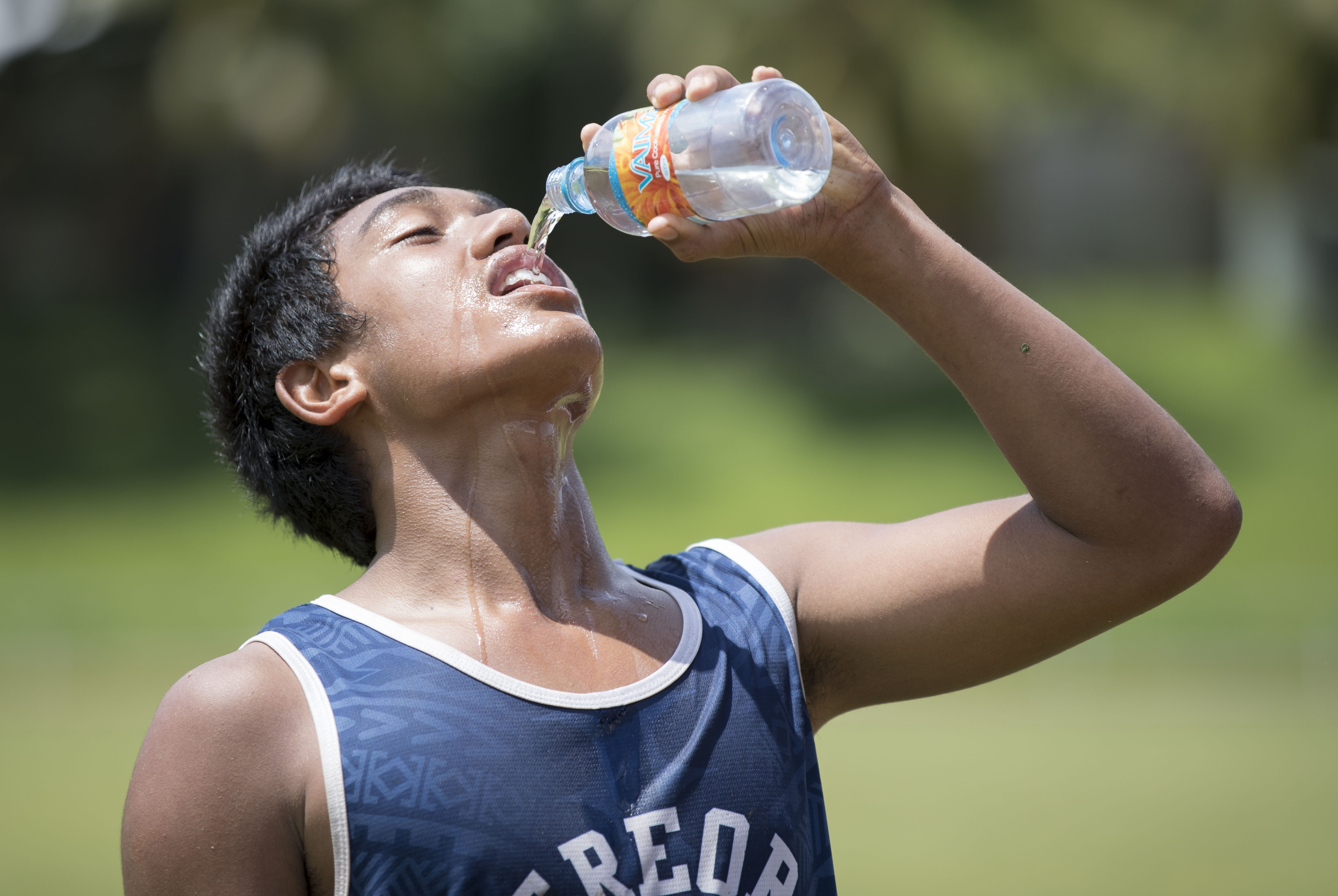
Your urine should be pale and plentiful (but not crystal clear).
Drink at a rate that is comfortable for you during games, ideally drink in small amounts and often.
A rule of thumb is to drink 2-3 gulps of fluid at every break in play, remembering to drink at half time.
Water is one of the two most essential materials for human life – the other is oxygen.
The average person can survive for about 40 days without food, but most people will die if they go for more than 5 days without water.
And remember – water is best!
- Drink 200-500ml during warm-up
- Drink 120-150ml during game breaks
- Drink 200-500ml during cool-down
- After game drink another 1L per hour for 3 hours
DID YOU KNOW?
Choosing foods that are high in sugar, salt and fat can increase your risk of developing life-style diseases such as heart disease, diabetes, and some cancers.
Foods to be aware of:
• Takeaways and fast food restaurants
• Pies, pastries
• Chocolate, lollies
• Muesli bars, muffins
• Cakes, cookies
• Ice-cream
• Instant noodles, Crisps, Twisties, Shapes etc
• Cheese, dips
• Fizzy or energy drinks /cordial
• Alcohol
DID YOU KNOW?
- A 350ml bottle of fruit juice contains as much sugar as 25 jelly beans.
2. If you drink a 350ml energy drink everyday it’s the same as eating an extra 48 slices of white bread every month.
3. This is how much sugar there is in each of these drinks:
Soft drink 600ml – 16 tsp
Fruit juice 350ml – 10 tsp
Sports drink 750ml – 15 tsp
Energy drink 350ml – 9 tsp
DID YOU KNOW?
You might get illnesses or diseases from an unhealthy lifestyle.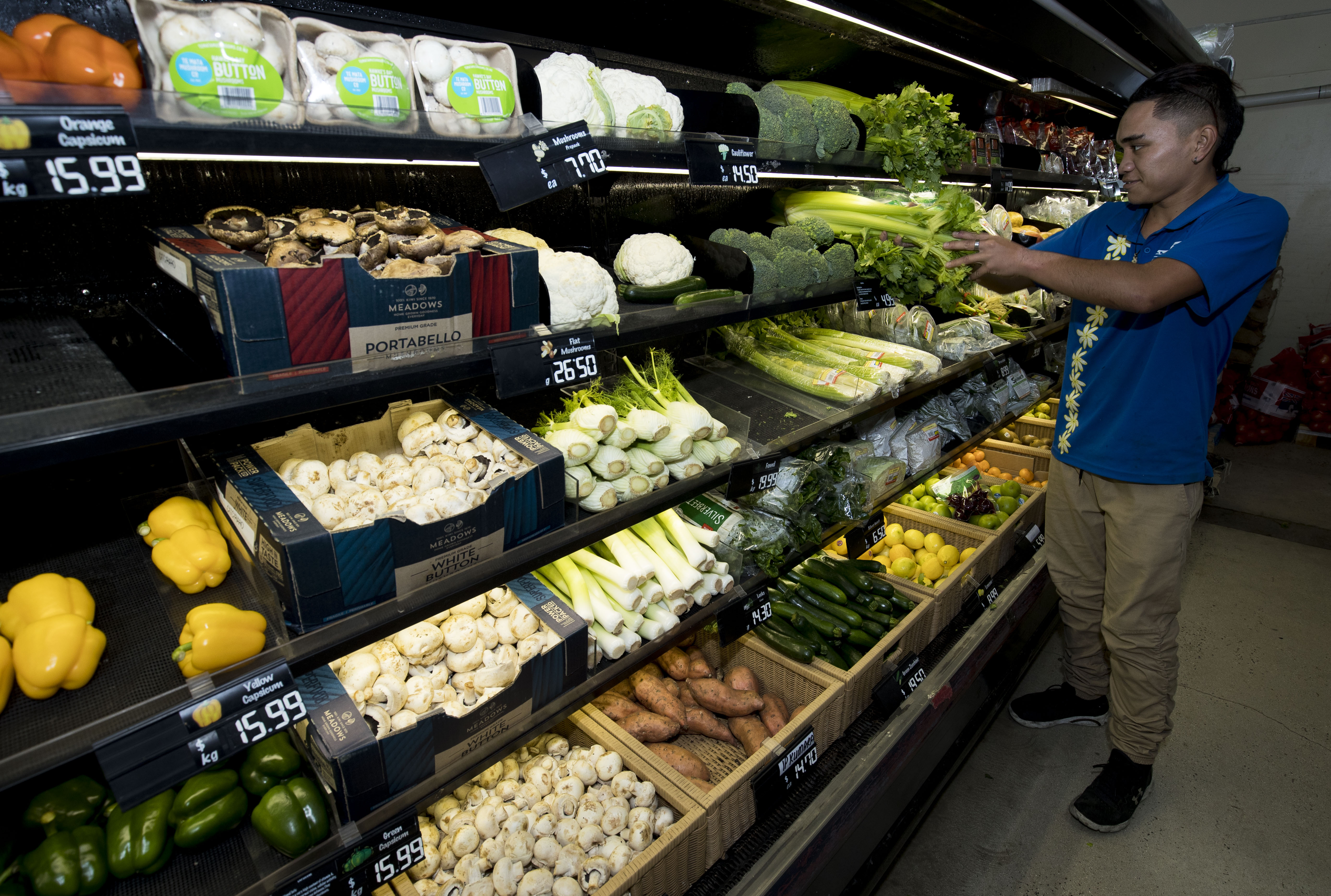
These may include some of the following:
- Cardiovascular disease (heart disease, stroke, diabetes)
- Cancer
- Respiratory diseases (bronchitis, emphysema)
- Obesity
- Loss of fertility
Eating healthily, exercising well and making good choices often leads to a long and prosperous life. Get out there and embrace it!
DID YOU KNOW?
These should be done before a game of QUICKRIP.
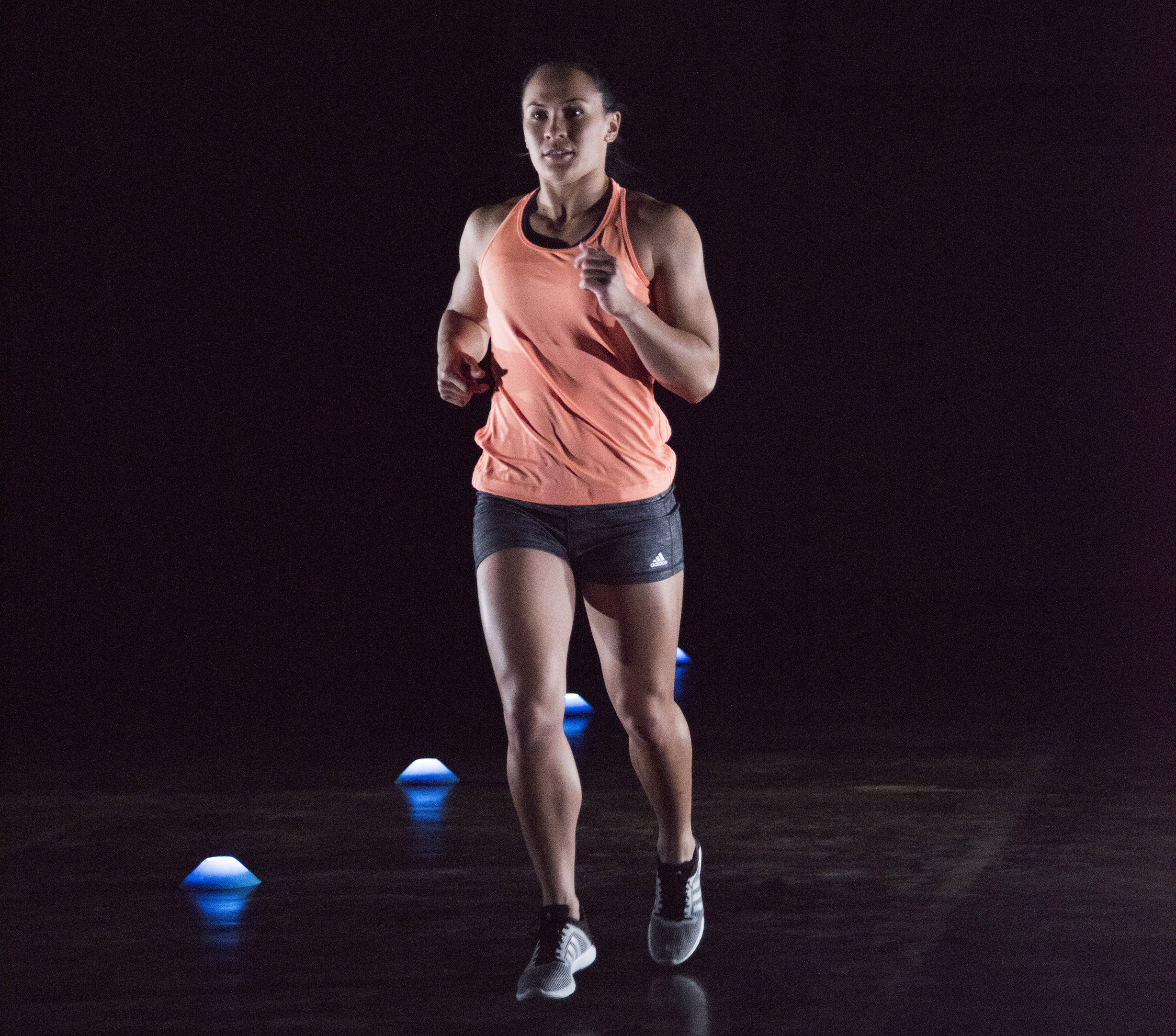 1. Jog straight for 20m. Run slightly more quickly on the way back. 2 sets.
1. Jog straight for 20m. Run slightly more quickly on the way back. 2 sets.
 2. Walk or jog easily, stopping every 5m to lift your knee and rotate your hip outwards. Alternate between left and right legs at successive cones. 2 sets. Repeat, but this time rotate hip inwards.
2. Walk or jog easily, stopping every 5m to lift your knee and rotate your hip outwards. Alternate between left and right legs at successive cones. 2 sets. Repeat, but this time rotate hip inwards.
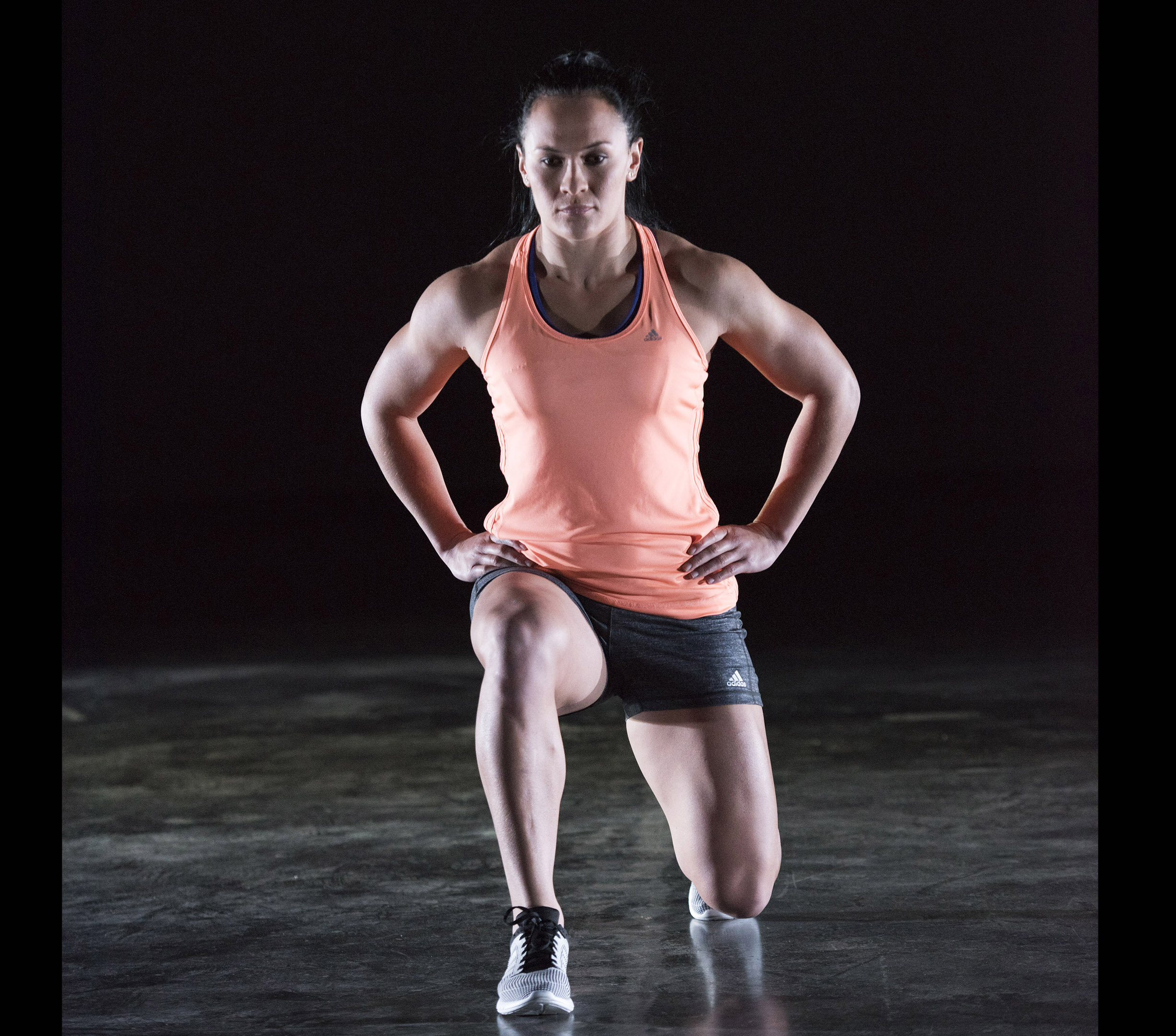 3. Lunge forward slowly at an even pace. Bend hips and knees slowly until your leading knee is flexed to 90 degrees. 10 lunges on each leg. 2 sets.
3. Lunge forward slowly at an even pace. Bend hips and knees slowly until your leading knee is flexed to 90 degrees. 10 lunges on each leg. 2 sets.
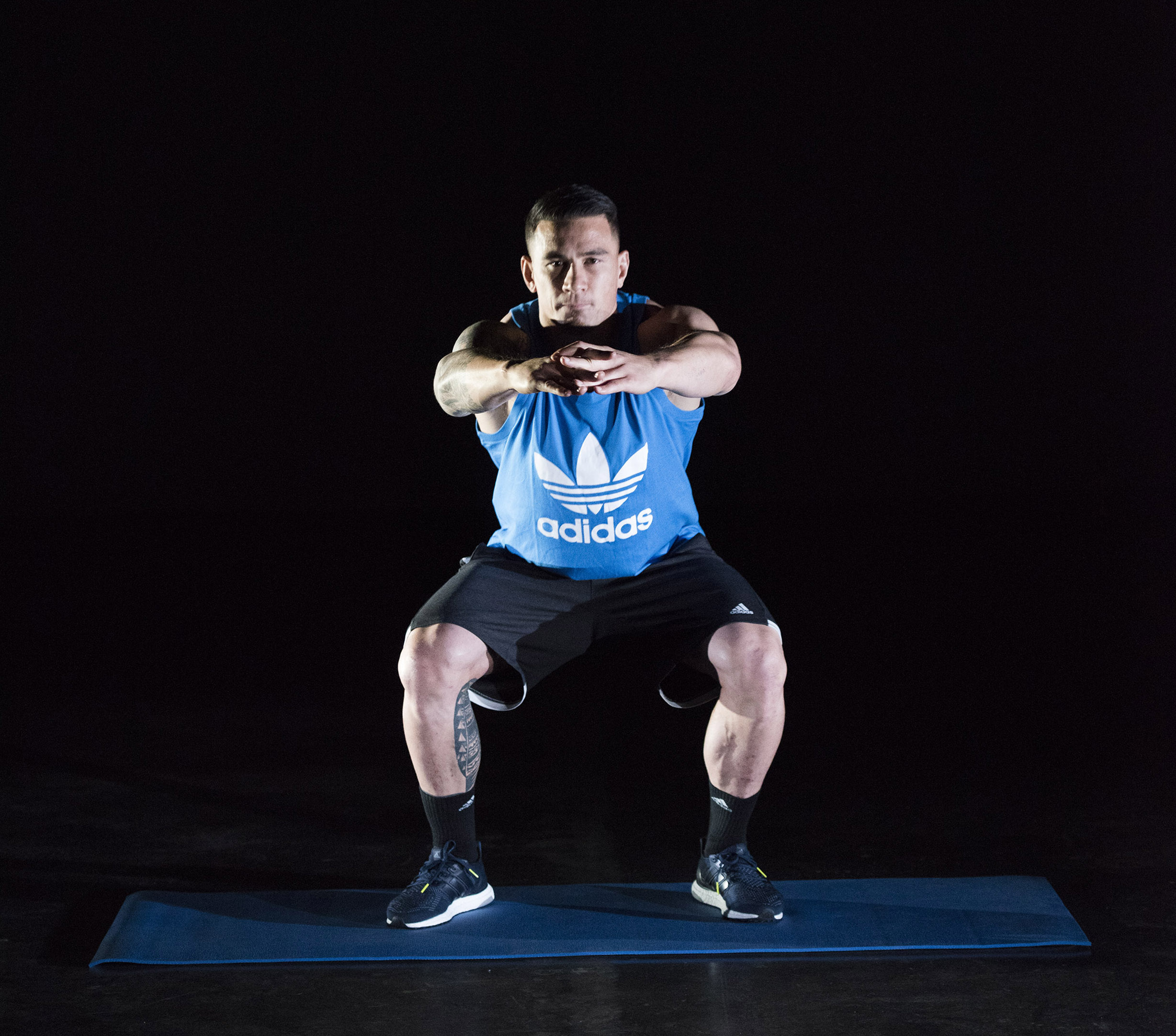
4. Slowly bend hips, knees and ankles until your knees are flexed to 90 degrees. Lean upper body forwards. Then straighten upper body, hips and knees, and stand up on your toes. Then slowly lower down again, and straighten up slightly more quickly. Repeat for 30 sec. 2 sets.
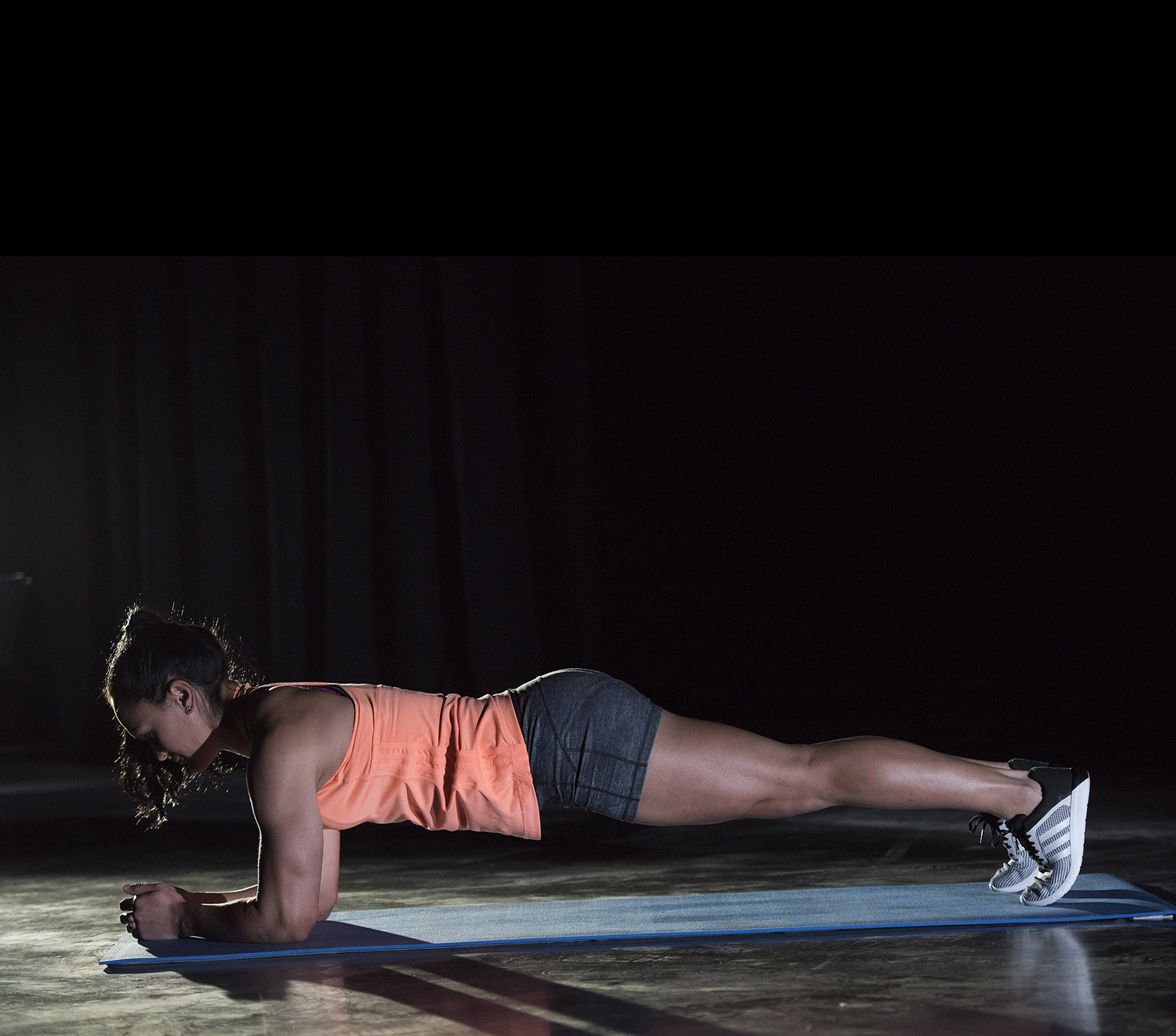
5. Lie on your front, support upper body with forearms. Elbows directly under shoulders. Then, lift upper body, pelvis and legs up until your body is in a straight line from head to foot. Hold the position for 20-30 sec. 3 sets.
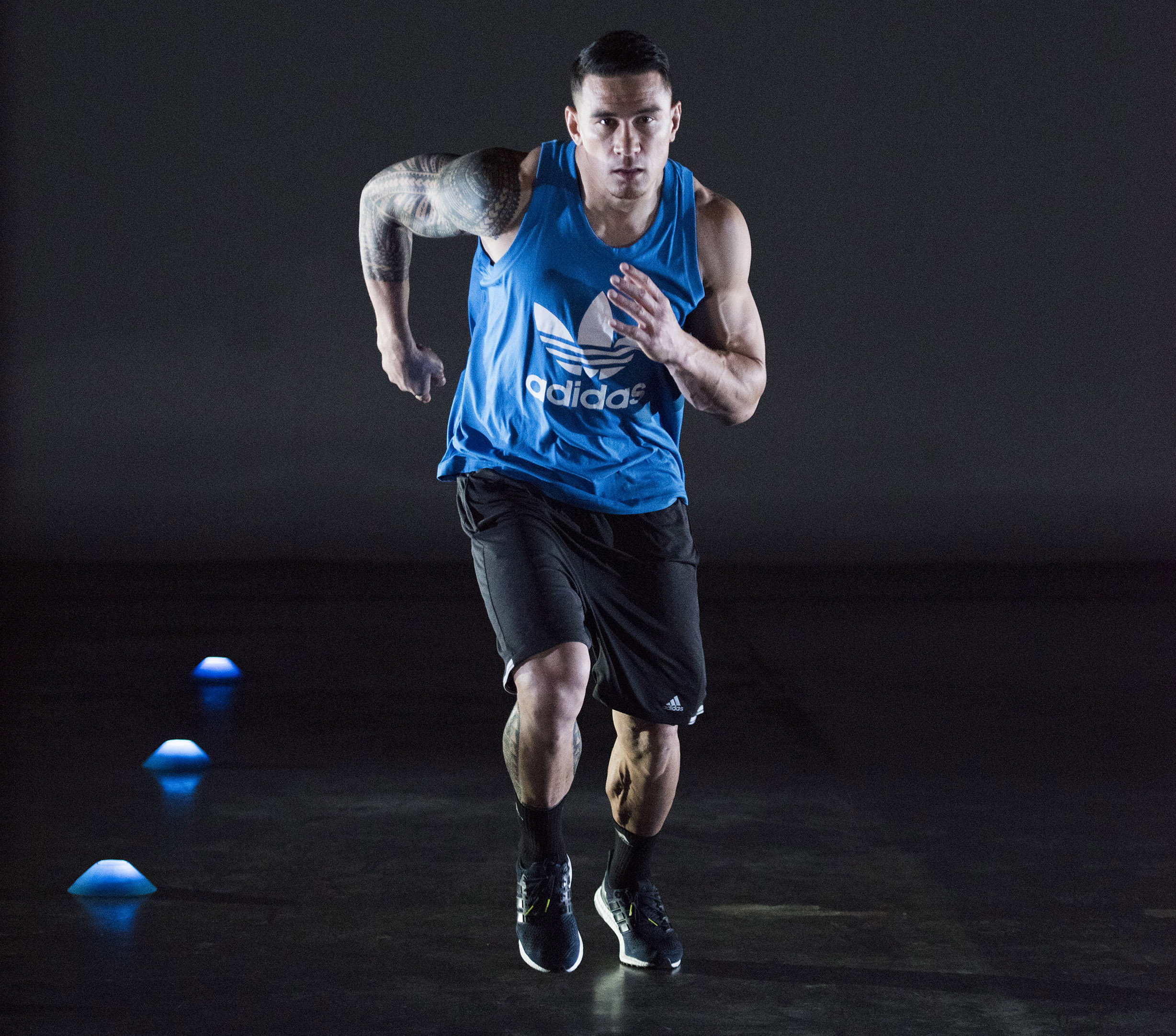
6. Run 40m across the ground at 75-80% of maximum pace and then jog the rest of the way. Jog easily back. 2 sets.
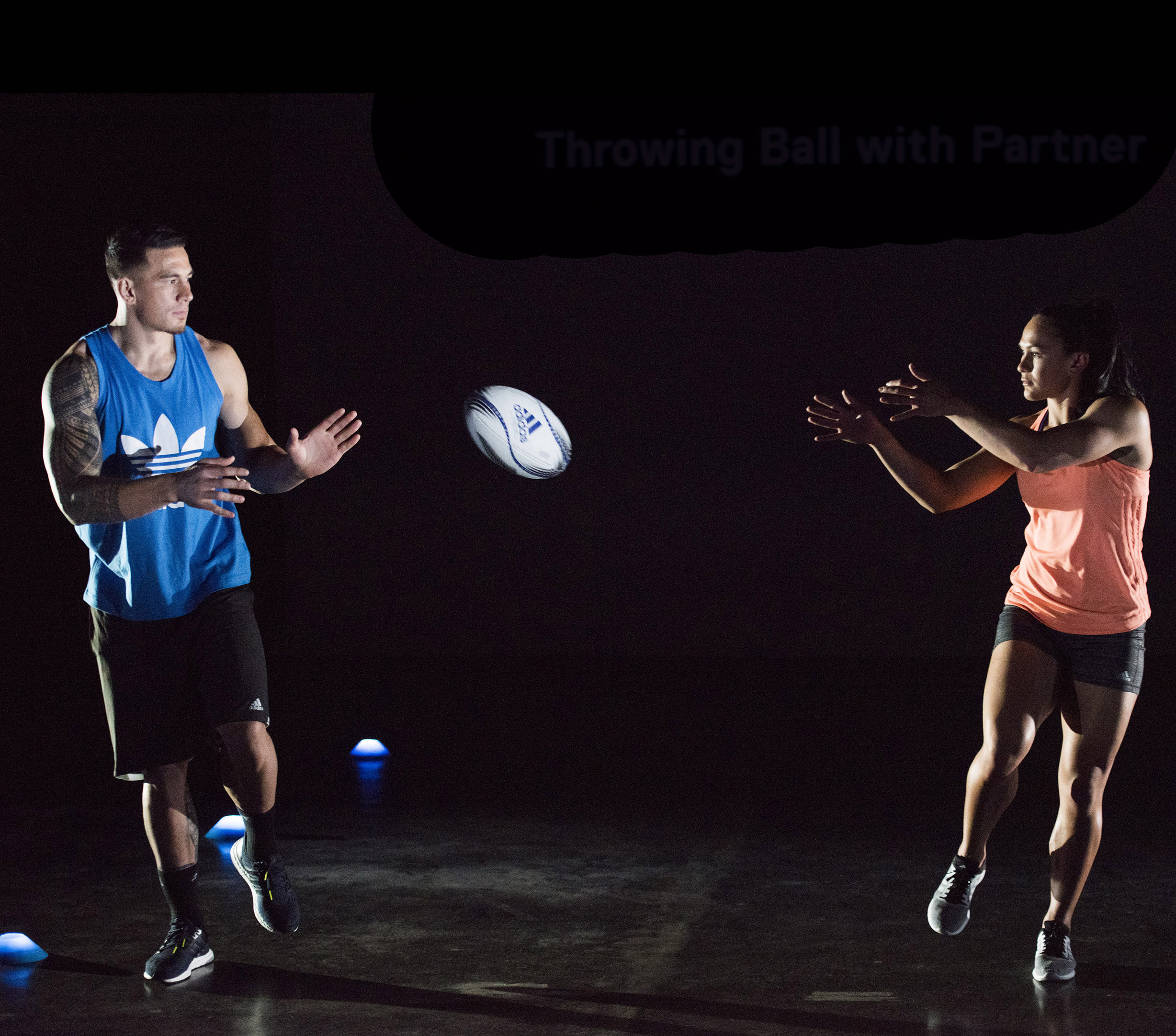
7. Run 40m across the ground passing the ball with a partner or team.